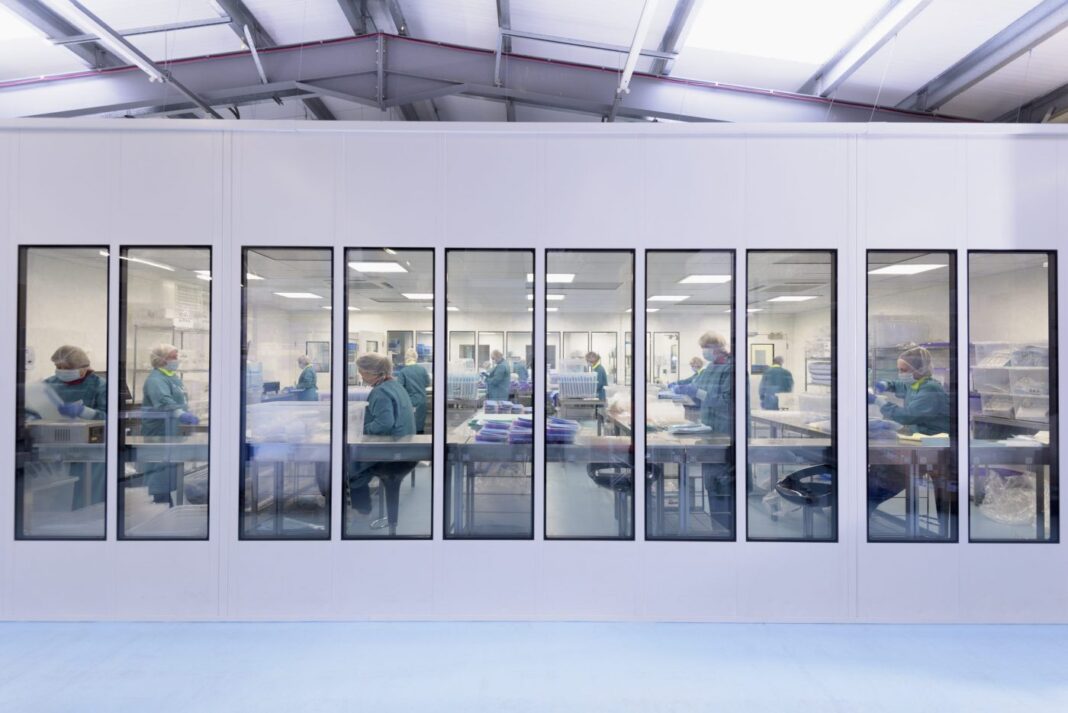The bioindustry will require more cell and gene therapy plants, says an expert, who says the facilities of the future must be automated, scalable, and flexible.
The number of cell and gene therapies entering clinical development has increased significantly in recent years. According to the Alliance for Regenerative Medicines (ARM) there are 1,066 such therapies in trials at present1, which is a 32% increase on the number of studies in 2014. But the surge in clinical activity has not been matched by an increase in production capacity says Darren Dasburg, a cell and gene therapy-focused consultant.
“Hundreds of facilities will be needed to manufacture the treatments that are in play now,” he said, adding that “if you factor in the plants needed to make viral vectors that could exceed a thousand facilities.”
The good news, Dasburg says, is that these facilities are more like labs than traditional large biopharmaceutical plants.
Viral vector capacity is critical to the cell and gene therapy sector. Vectors are hollow viruses used to insert genetic material into cells, both cells used in protein expression and cells used therapeutically. Various organisations have voiced concerns about industry capacity to make vectors. In 2018, for example, the Alliance for Advanced Biomedical Engineering said the “scarcity” of viral vectors could hamper expansion2. Since then the situation has improved, but it has not been resolved3. While viral vector production capacity in the contract services sector has increased, the expansion is still falling short of demand.
Partly this is because of the complexity of making the vectors, according to Dasburg.
“Most viral vectors are produced using adherent manufacturing technologies which are expensive to operate,” he explains.” A vial of just 20 million cells can cost $20–30K because it is so challenging to make.”
To bring down costs, vector capacity still needs to increase, continues Dasburg, who predicted that biopharma will continue to rely on CDMOs for the foreseeable future.
Facility of the Future
Cell and gene therapy manufacturing is still a young industry. Biopharma is still figuring out what the ideal production facility should look like.
“Building for flexibility and multipurpose manufacturing is important,” Dasburg says, noting that explaining “CDMOs and IP holders need to understand they are attacking rare genetic diseases and ailments where the therapy might be a third-line treatment. The numbers are often quite lower, and the treatments can be ‘one and done.’ All meaning the companies of the future will be attacking many more areas of need.”
In terms of technology, all cell and gene therapy facilities should feature sufficient isolator capacity, Dasburg says. “Isolators are probably the number one investment to make. Too many people are trying to work five people in full dress in a small room attempting to manufacture in a hands-on traditional way when isolation and automation could help immensely.”
Dasburg pointed to benchtop platforms capable of processing a single CAR-T patient’s treatment as an example of an innovative approach being used. “These can be arranged in an array within a single ballroom-like facility providing 100% containment going from leukapheresis bag to treatment bag without any human intervention.”
References
1. alliancerm.org/wp-content/uploads/2020/02/CBX-Meeting-7-Feb-2020-FINAL.pdf
2. aabme.asme.org/posts/virus-shortage-for-cell-therapies-creates-engineering-opportunity
3. www.genengnews.com/insights/gene-therapy-dollar-is-waiting-on-viral-vector-dime/


